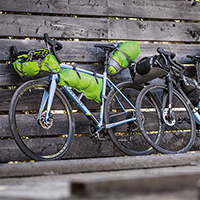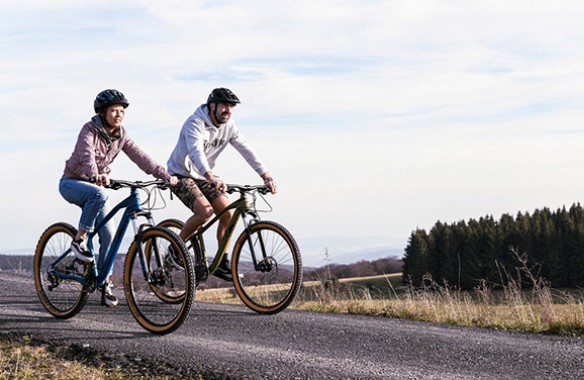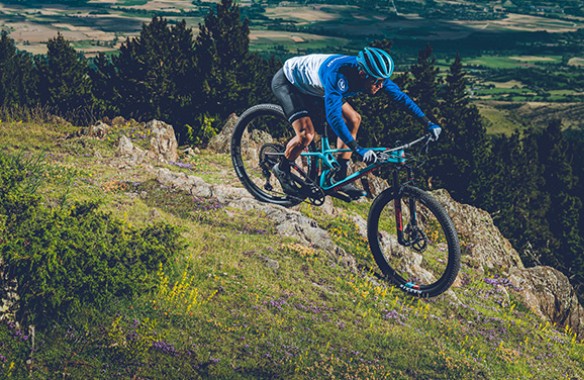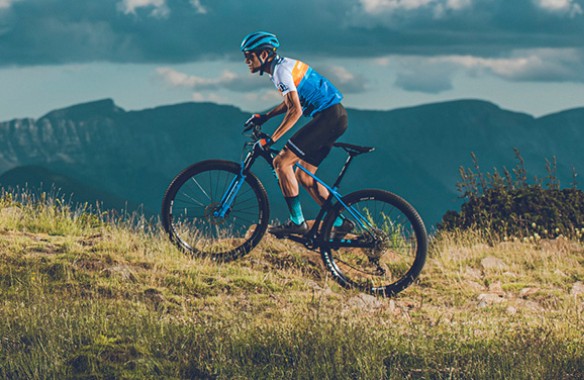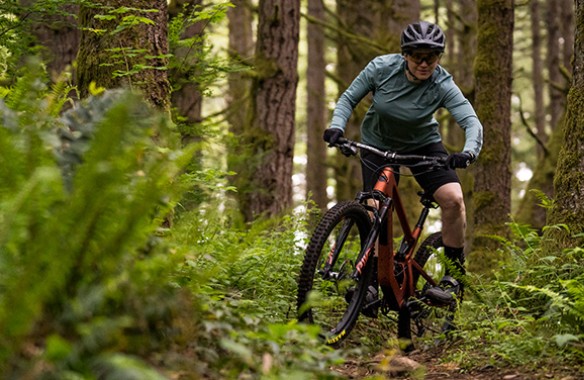Mountain bike advice
Find the perfect mountain bike for your desired use
What began in California with a handful of adventurous hippies in the 1970s has now become probably the most successful biking movement in the world and the innovation engine of the entire bike industry.
Modern mountain bikes are extremely versatile and can tackle anything thrown at them! They're immensely fun to ride and are robust companions for both city and country use. There are a variety of different mountain bike types available to suit all kinds of interests.
Each mountain bike type boasts features that suit their intended use. Beginners shouldn't feel confused about this though.
Hardtail or full suspension? Big or small wheels? Cross-country or all mountain bike? Hydraulic disc brakes, spring systems, the number of gears…it can all get quite confusing. We'll teach you all you need to know over the next few pages - there's something for everyone here.
Frame type - Full suspension or Hardtail?
What frame type you choose depends on the kind of riding style you prefer and the kind of terrain you plan on traversing with your bike. Your budget is also a factor and full suspension mountain bikes often cost more.
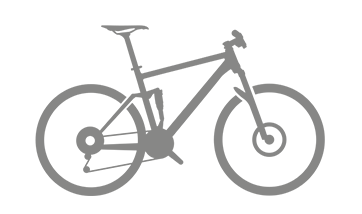
+ Comfort: they offer a lot of comfort on long tours.
+ Fun & Control: they're fun to ride on challenging terrain and give you more control.
- Weight: the suspension components add weight to the bike.
- Price: expect to pay around for £500 for a full suspension bike - considerably more than a hard tail.
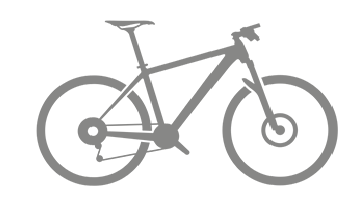
+ Equipment: Even inexpensive beginner bikes are usually very well equipped.
+ Weight: Compared to a full suspension, hard tails are significantly lighter.
+ Easy to maintain: the simple design promises long-lasting driving pleasure.
- Comfort: Riders experience a bumpier ride on rougher terrain.
Where and how should the bike be used?
Whether it's city life, off-road action or fun trips with friends, these bikes are capable of everything. The seat position is usually less stretched and thus offers newcomers more control and comfort. The emphasis is on versatility and balanced, good uphill and downhill riding characteristics on and off road.
High mountains and steep trails - these bikes can tackle all kinds of tough trails. All-mountain bikes feel very much home on the trails whilst modern endurobikes are even more suited to rough routes.
Sporty, fast uphill and effective downhill: these bikes do not shy away from either high altitude or technical trails. Light and stiff, these bikes are great for exercising and races.
Many manufacturers now offer numerous ladies' models. They feature a more comfortable sitting position, special saddle models, softly adjustable spring elements and adapted handlebars.
Wheel sizes - 26", 27.5" or 29"
Until a few years ago mountain bikes universally came with 26-inch wheels as standard. Today, large 29-inch wheels have become firmly established. A new intermediate size 650B / 27.5" is also available. The idea behind the larger wheels is obvious. A large wheel rolls easier over obstacles such as roots and stones and is more stable at higher speeds. For this, the bikes are somewhat heavier. The newly introduced median 27.5" promises the best compromise between agility and smoothness.
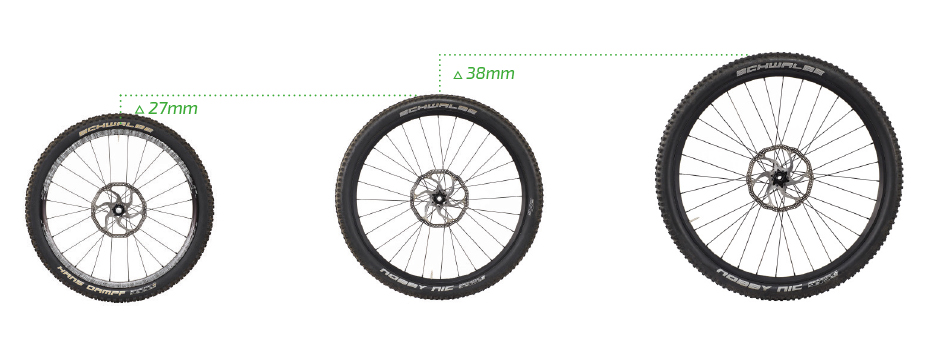
The classic 26" size still has relevance amongst those who value agility and stability. Amongst cross country and tour riders, the 26" has decreased in values.
The new 27.5" has good chances to replace the 26" as the industry standard in the long term. The agility of 26" combined with better rollover characteristics provides a strong combination for all bikers who want an aggressive ride.
The big wheels bring new momentum and the traction and comfort is clearly noticeable on the ground. The 29" simply rolls over smaller obstacles.

































